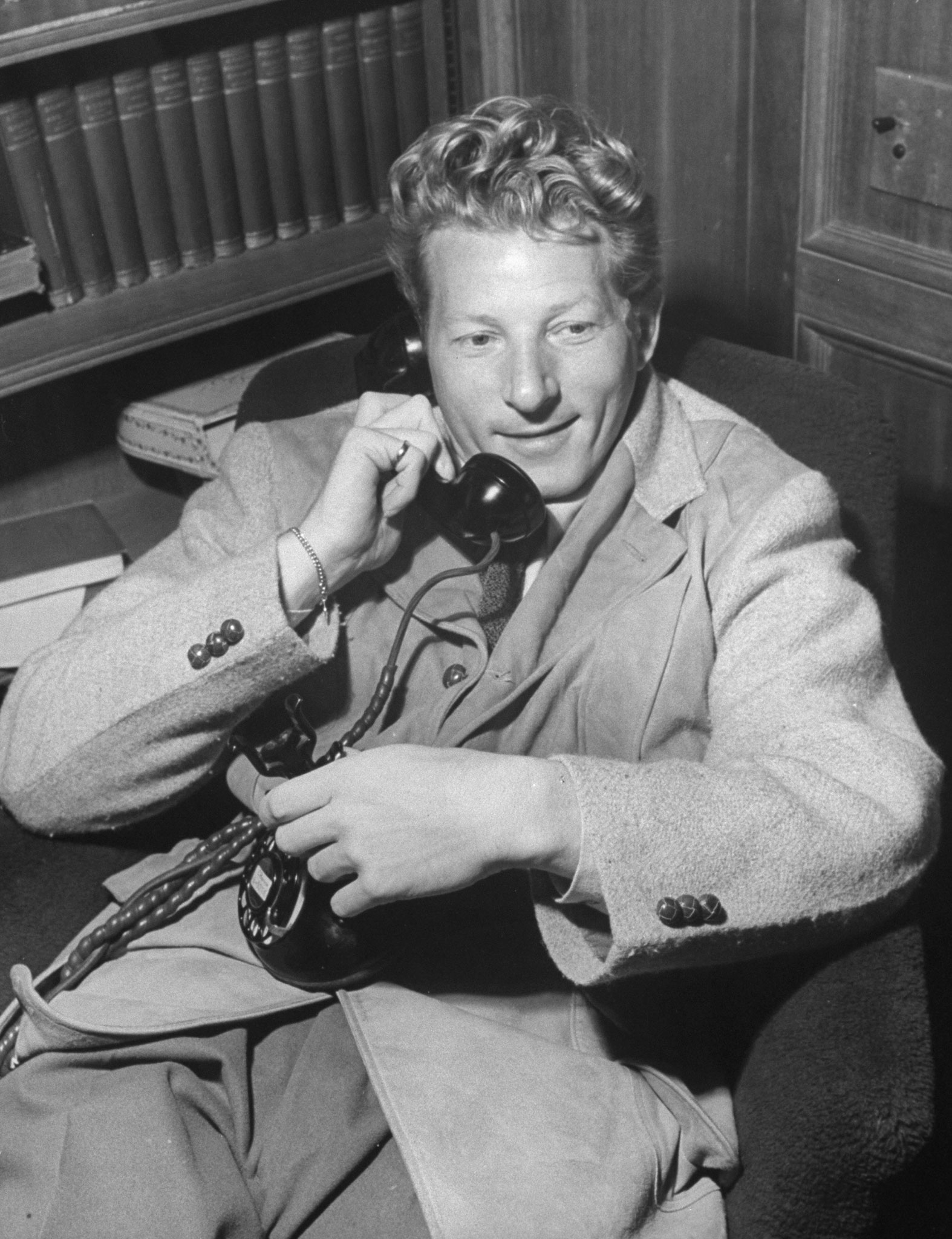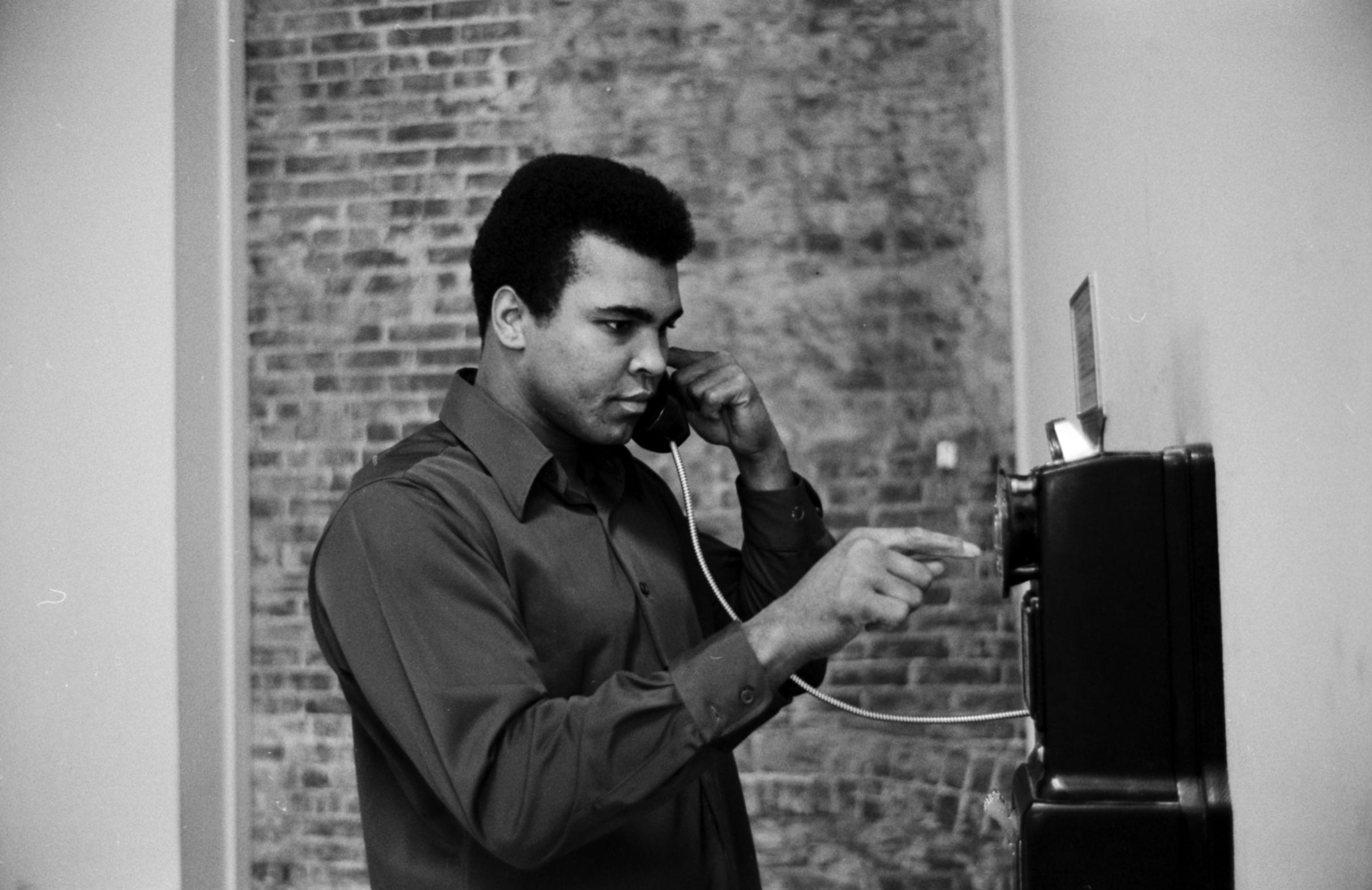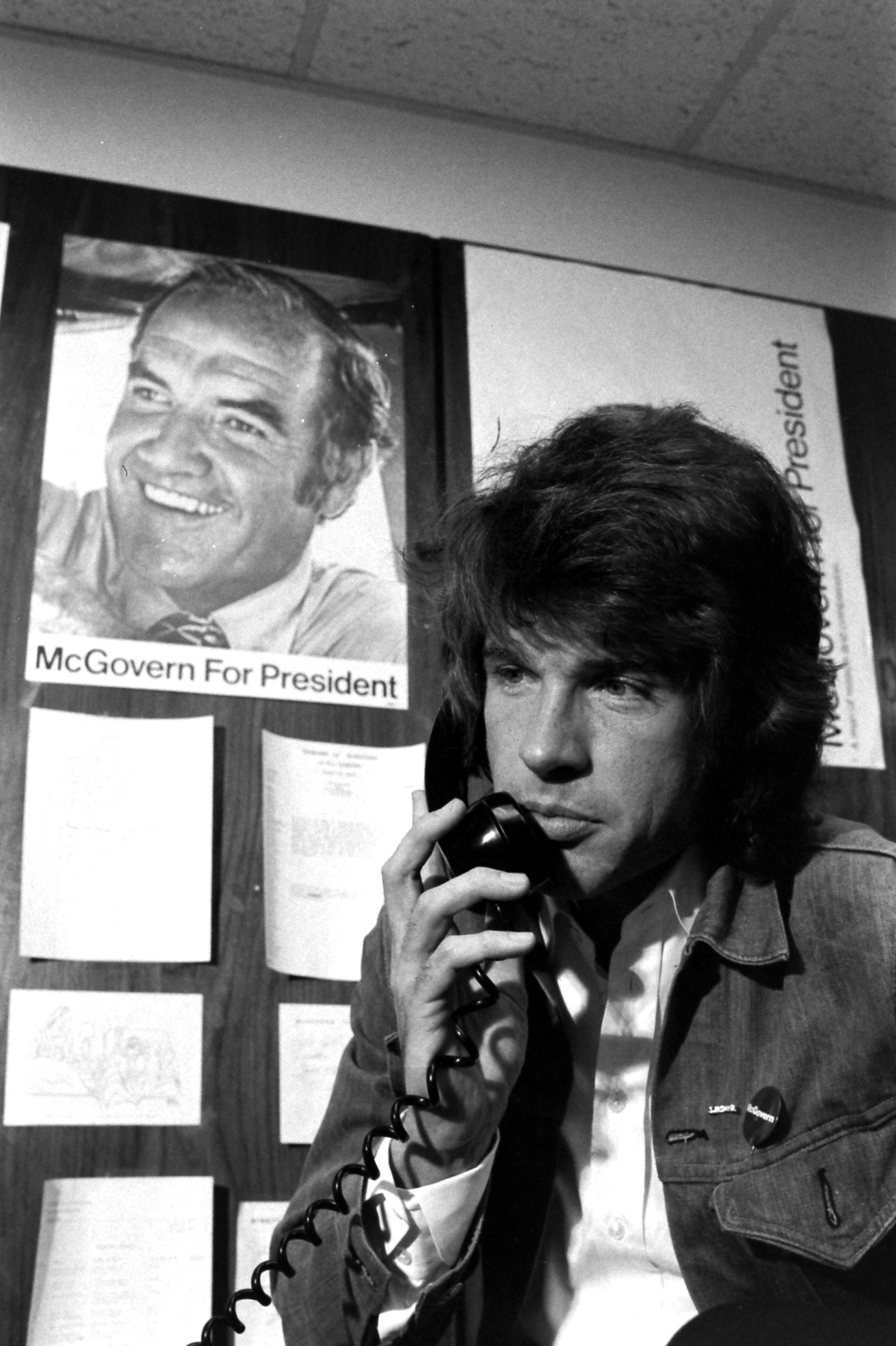
How do you get people interested in you when you only have 30 seconds?
Whether you’re at a job interview, networking at a cocktail party, or ran into Warren Buffett in the elevator, quickly persuading others to think you’re the most interesting person they’ll meet is no easy task.
“Most people can’t present what they’ve done effectively,” Paul McDonald, a senior executive director at staffing firm Robert Half, tells Business Insider. “They’re not used to giving sound bites of what they do.”
Below, McDonald gives us eight steps to crafting the perfect elevator pitch:
1. Know exactly where you want to go.
Your elevator pitch should answer three questions: Who are you? What do you do? Where do you want to go, or what are you looking for? You need to know exactly what you want to achieve or no one can help you get there.
“Take your resume and LinkedIn profile and go through it thoroughly,” says McDonald. If you’re unemployed, focus on where you want to go and what you want to do.
2. Bullet point it.
After studying your resume and LinkedIn profile, write down four bullet points that explain why you’re great, advises McDonald. Discuss your work history, background, skills, accomplishments, and goals. Keep out any irrelevant details that take away from your core message.
3. Tell them a story.
People love stories, says McDonald, so tell them a story. It also makes it easier for others to remember you later on.
Self-improvement guru Dale Carnegie said in his book “Public Speaking and Influencing Men in Business” that our minds are essentially “associate machines,” which means we remember things better when there’s a story or association attached to the subject. In other words, if you want people to remember you, tell them a story and make sure it’s good.
4. Eliminate jargon.
You need to be able to explain what you do and who you are in a way that appeals to most people. This means avoiding acronyms or terminology that wouldn’t be understood by someone outside of your industry.
Dumbing down complex ideas is a “real art,” says McDonald. A good strategy is to imagine explaining what you do to your parents and using a similar formula in your elevator pitch. Making sure your pitch is in layman’s terms is especially critical for those in accounting, finance, and technology.
5. Make sure it invites conversation.
After telling your story, the listener needs to be left wanting more. Is your story compelling enough to do this? If not, you need to change your pitch.
6. Time yourself.
While practicing your pitch, you should time yourself to make sure you can tell your story in 30 seconds. If you can’t, cut down details and try again.
7. Record yourself on video.
You need to know what you look like to others while you’re telling your story. Are you interesting? Are you believable? People will come to their own conclusions while listening to you so make sure you give off a good impression. Relax, act natural, and get comfortable with your story.
8. Pitch it to your friends and colleagues.
After you’ve got your story down, practice your elevator pitch with friends and colleagues. Ask them to give you feedback. Ask them what you should do to make it better. Keep practicing and tweaking your pitch until it’s natural for you to say aloud and convincing to the listener.
This article originally appeared on Business Insider.
More from Business Insider:
Classic Photos of Celebrities on the Phone



































More Must-Reads from TIME
- Cybersecurity Experts Are Sounding the Alarm on DOGE
- Meet the 2025 Women of the Year
- The Harsh Truth About Disability Inclusion
- Why Do More Young Adults Have Cancer?
- Colman Domingo Leads With Radical Love
- How to Get Better at Doing Things Alone
- Michelle Zauner Stares Down the Darkness
Contact us at letters@time.com